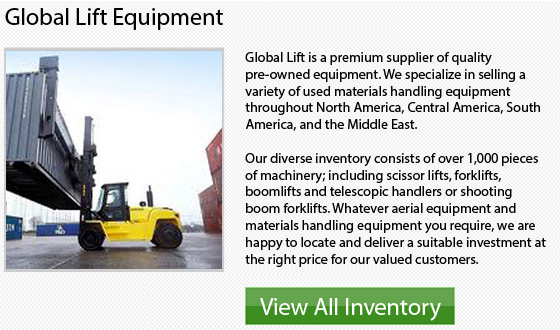
The forklift has been around since the early 1920's. Ever since its inception, the forklift has become an indispensable machinery for the materials handling business.
The lift truck is also called a forklift and was first utilized to carry and move luggage at airports and train stations. Throughout the Second World War the use of these machines exploded and the warehousing industry expanded significantly. The traditional machinery was adapted to deal with the requirements of stacking inventory on higher shelves and they were designed to move faster and carry heavier loads.
Usually, forklift trucks are used for stacking inventory within warehouses. In most cases, things are packed onto pallets that make it ideal for the blades to move in between the open spaces of the pallets. The lift truck could then carry the goods securely without it wobbling or falling onto the ground. Once the pallets are in place, they can be transported easily to a different location. Forklifts are also used much within the docking, shipping, agriculture and mining business.
The forklift is also seen on constructions locations, because numerous models have been made to pick up large heavy boxes and concrete slabs, heavy pipes, other equipment and ceramics. Because it is quite a compact unit, this equipment can move from one place to a different place at a fairly good speed.
The dimensions of the forklift vary depending on the model and its particular use. For warehousing applications, there are the narrow aisle truck models. These need the floor to be extremely flat and are quite a bit smaller in size. Usually, they are made with rear wheel steering. There has been a significant increase in these equipment in the manufacturing and mining machine businesses. Since lift trucks usually handle pharmaceuticals and petrochemicals and flammable supplies, the equipment have become tougher and more durable.
Lift trucks have a load capacity varying from 1 to 5 tons. There are heavy-duty models that can handle up to 50 tons. These units are often used to load shipping equipment onto and off of ships. Lift trucks and their required training to operate are specifically regulated to ensure the safety of the individuals using this particular machinery. No body is able to operate them legally without finishing the proper training and documents.